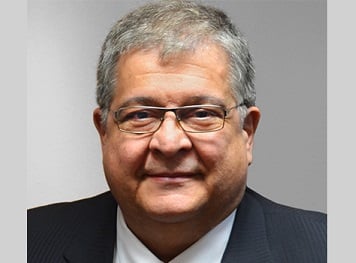It's not just financial capital that interests HR giant Rideau’s new chief financial officer Steve Perrone.
He's passionate about understanding what drives employees, how tapping human capital makes companies more competitive, and how data can help with both.
Perrone spoke to HRD about the challenges confronting HR professionals, and how they can use numbers to get to know their employees better and ensure their business’ success.
HRD: What do you think the biggest HR issue is for Canadian businesses right now?
Perrone: One of the biggest issues for Canadians, as well as most global businesses, is the increasing need for skilled workers. Canada is already beginning to see shifts in the workforce demographics and businesses are starting to feel the strain of an aging population with less skilled workers entering the workforce.
Projections show that the global workforce is retiring in record numbers and companies are already feeling the pain of the employee shortage now. Employers need to have their pulse on how to attract, retain and engage the best talent in order to stay competitive.
HRD: How are employers reacting to this? Could they do more?
Perrone: Companies are spending more time and resources to understand what motivates their employees and finding ways to better connect with them. Because the relationship between managers and employees is usually what drives the employee experience in an organization, companies are dedicating more time training managers to understand employee recognition and motivation.
Using employee recognition as a tool to motivate and engage your employees is a long held and widely accepted organizational method. Managers have to know who their employees are, what they do, understand their contributions and use recognition to validate the employees and the work that they do. As the employee recognition industry evolves, we will see more data analytics used to understand the ROI of these programs, manager contributions, and employee perception of employee recognition programs.
Data analytics will form the foundation or core of recognition programs because employee recognition will move from a “nice to have” to part of the long-term strategic planning of organizations.
HRD: If you had one piece of advice for Canadian HR leaders, what would it be?
Perrone: I’m a numbers guy, so understanding the numbers and how they fit in the big picture is important to me.
Data analytics will help understand the culture that is going on in your organization and help identify gaps and point towards solutions that will get managers and/or employees where they need to be.
Attracting and retaining talent will continue to be a challenge for most of us no matter the industry, so managers have to understand how important their role is within the success of the organization.
Related stories:
Is milestone recognition actually effective?
What is the top priority for HR leaders this year?

